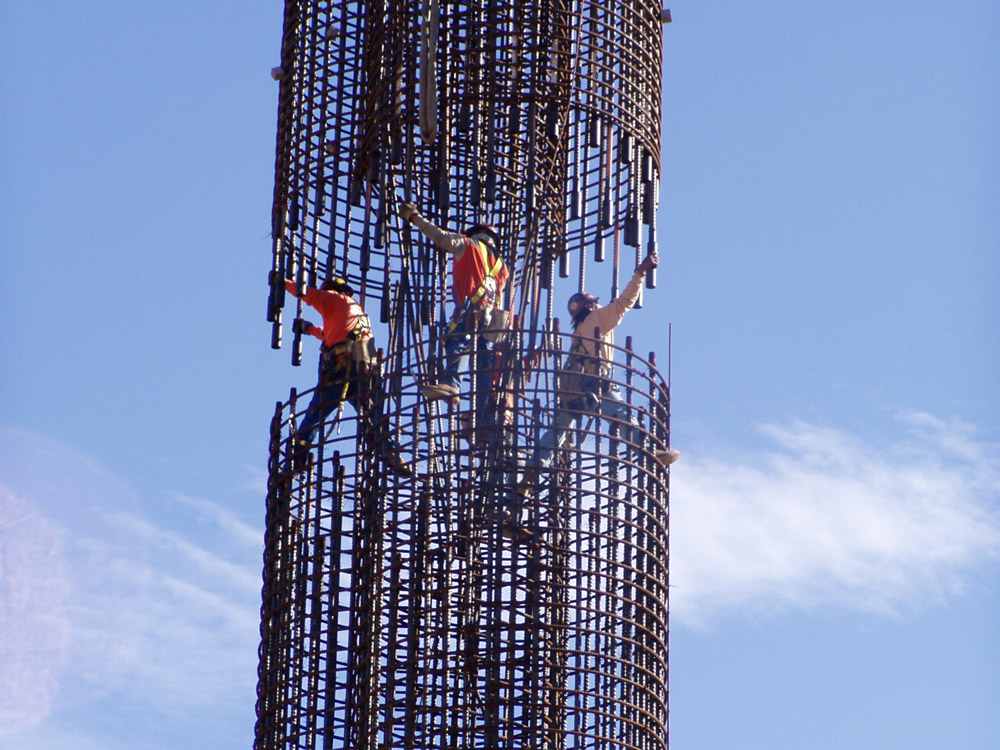One of the most important pieces of personal protective equipment in construction is the hard hat. It is your first line of defense against being struck by a moving or falling object.
 OSHA requires hard hats any time you risk injury from falling or flying objects and work on or near exposed electrical conductors. Your employer conducts a hard hat analysis to determine when you must wear head protection and provides you with the correct type of hat.
OSHA requires hard hats any time you risk injury from falling or flying objects and work on or near exposed electrical conductors. Your employer conducts a hard hat analysis to determine when you must wear head protection and provides you with the correct type of hat.
The outer shell of the hard hat provides a barrier between your head and a forceful blow. The suspension system or strap assembly on the inside of the hat acts as a shock absorber on the force of a moving object. Even if the shell dents or breaks on impact, the suspension system will help absorb the force.
Serious injury can result from not wearing the right type of hard hat or not wearing one at all. Symptoms that occur after a concussion or sharp blow to a bare head include: * persistent headache * dizziness * irritability * attention and concentration problems * memory dysfunction * poor sleep.
Hard hats can be adjusted to fit each individual. Depending on the brand of hard hat, you need about one inch of air space between your head and the shell. This allows movement of the suspension system and also circulates air to cool your scalp. Adjust the suspension so the hat stays on if you bend over but not so tight that it leaves a mark on your forehead.
Hard hats that are kept in good shape provide the best protection against falling or moving objects on the work site. Practice good hard hat maintenance by:
- Inspectthe hat daily. If cracks, dents, discoloration or brittleness are found, replace the hat immediately.
- Check the suspension straps. They should not be cut or frayed. Usually the straps can be replaced if the shell is good.
- Look for signs of deterioration. Oil, perspiration, dirt, chemicals, ultraviolet light and age deteriorate your hat.
- Keep your hat clean. Wash it once a month or more if needed by soaking the shell and suspension for 5 minutes in lukewarm water with mild detergent.
- Avoid dropping or throwing your hat. Hard hats are not meant not withstand everyday wear and tear.
- Never make alterations that weaken the shell. Painting, drilling air holes or storing hard hats in direct sunlight, like on the dashboard of vehicle, weaken the shell.
Your chances of head injury increase dramatically when working at a construction site. Even objects as small as a bolt falling from 20 feet can have anhazardous force on your head. Hard hats are your first line of defense against preventing head injury but they only work when you wear them.
Hard Hats Only Work When You Wear Them!



